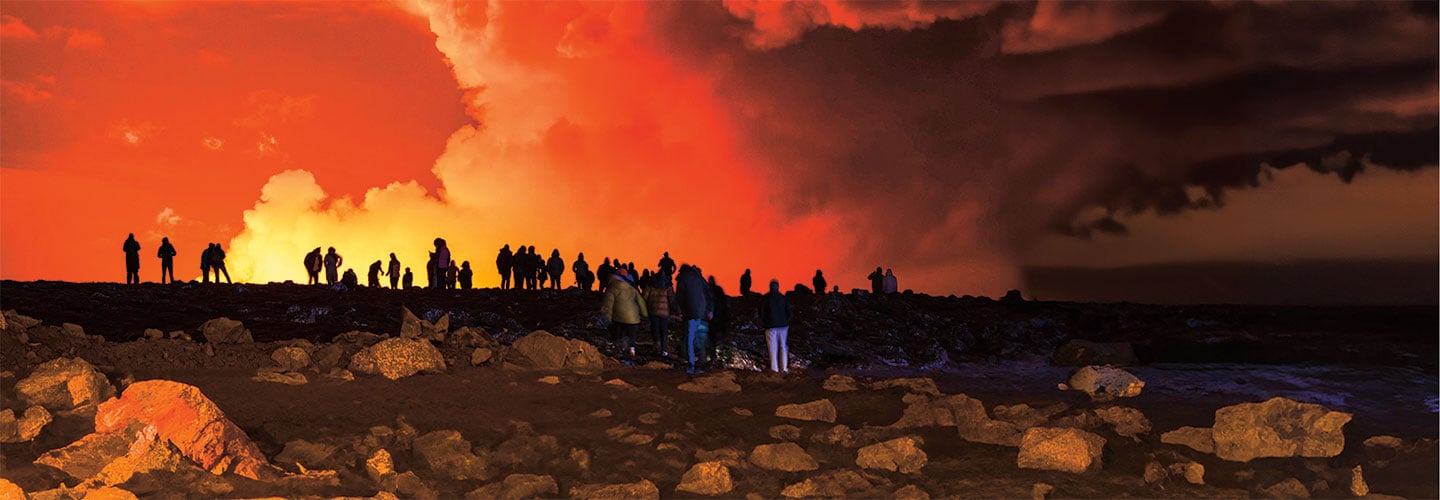The town of Grindavík (grin-dah-veek) sits on the southwestern coast of Iceland. Until recently, it was a typical town in many ways. About 3,700 people lived there. Kids went to school. Adults went to work, many of them on fishing boats.
Meanwhile, danger stirred beneath their feet. In November 2023, scientists discovered large amounts of magma building up in the ground beneath the town. Grindavík went into a state of emergency. Residents were evacuated to the capital city of Reykjavík (RAY-kyuh-vik). Then in December, a nearby volcano erupted. Lava seeped from cracks in the ground. Over the next few months, more eruptions followed.
Volcanoes are a part of life for people in Iceland. But eruptions can be dangerous. That danger may threaten Grindavík for years to come, says Halldór Geirsson. He’s an earth scientist at the University of Iceland.

